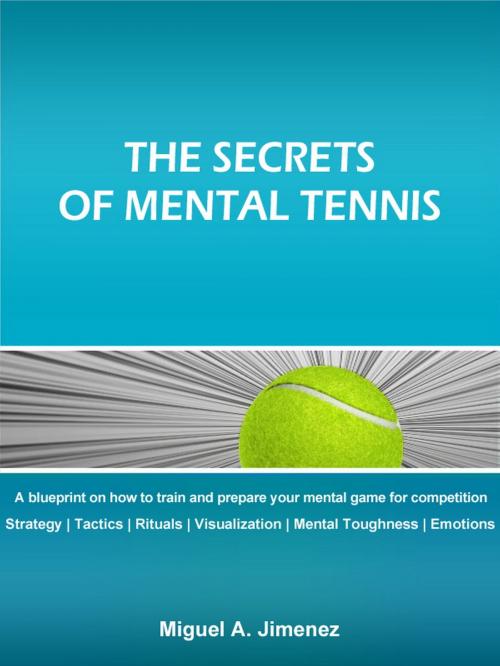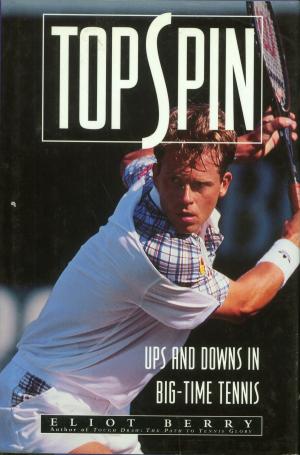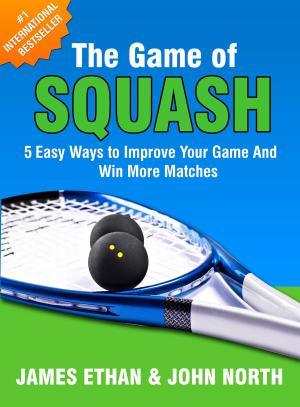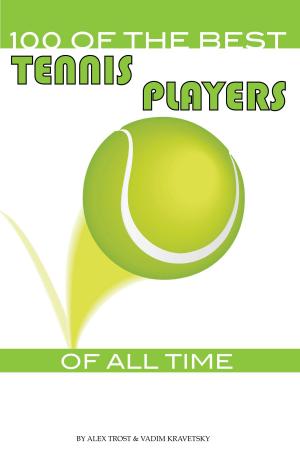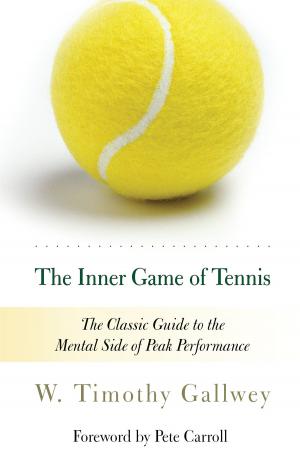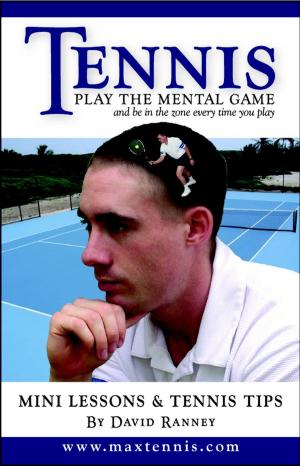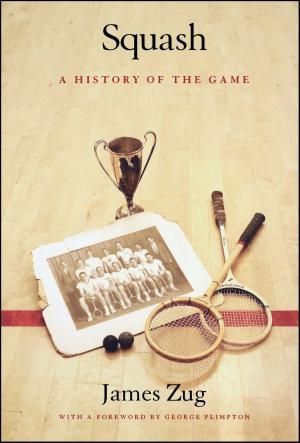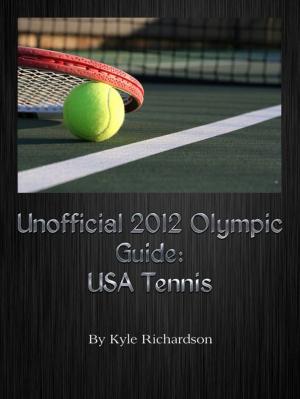| Author: | Miguel A. Jimenez | ISBN: | 9781310587986 |
| Publisher: | Miguel A. Jimenez | Publication: | December 20, 2013 |
| Imprint: | Smashwords Edition | Language: | English |
| Author: | Miguel A. Jimenez |
| ISBN: | 9781310587986 |
| Publisher: | Miguel A. Jimenez |
| Publication: | December 20, 2013 |
| Imprint: | Smashwords Edition |
| Language: | English |
Are you interested in learning how to become a better tennis player regardless of your ability? Do you ever wonder how do you structure your shots, such as where you serve and where to return, to anticipate and know what to do? or, how do you turn around your emotions when you have lost it? The Secrets of Mental Tennis is intended to serve as a framework and a point of reference that you can use to build your own mental and strategic plans that will help you get to the next level in your game and beyond.
For many players, the mental side of the game just means “positive thinking” and telling yourself to "focus." What is positive thinking? Focus on what? What should you be thinking and when? The bottom line in order to solve recurring problems, you have to have a series of steps and a process in place to solve the problems and achieve consistent results. The key is identifying those steps and coming up with a process that works for you that will deliver your desired outcome. The mental part of the game is composed of several different aspects that work together and this program is designed to incorporate in a more methodical way all the mental and emotional aspects of the game, distill them into their components and allow you to come up with game plans and precise steps/actions in order to produce measurable and consistent results. The program is divided into the following sections:
- Strategy
- Tactics
- Rituals
- Visualization
- Mental Toughness
- Emotions
Once you read the book, you should be able to put together specific game plans based on your style of play, know how to play against different playing styles, know what shots you should hit and when to hit them which have a higher percentages of succeeding, reduce your unforced errors, be able to identify patterns so that you can anticipate shots/plays and have a methodology in place to better manage your emotions to consistently stay in your optimal mental and emotional zone.
Miguel A. Jimenez
Are you interested in learning how to become a better tennis player regardless of your ability? Do you ever wonder how do you structure your shots, such as where you serve and where to return, to anticipate and know what to do? or, how do you turn around your emotions when you have lost it? The Secrets of Mental Tennis is intended to serve as a framework and a point of reference that you can use to build your own mental and strategic plans that will help you get to the next level in your game and beyond.
For many players, the mental side of the game just means “positive thinking” and telling yourself to "focus." What is positive thinking? Focus on what? What should you be thinking and when? The bottom line in order to solve recurring problems, you have to have a series of steps and a process in place to solve the problems and achieve consistent results. The key is identifying those steps and coming up with a process that works for you that will deliver your desired outcome. The mental part of the game is composed of several different aspects that work together and this program is designed to incorporate in a more methodical way all the mental and emotional aspects of the game, distill them into their components and allow you to come up with game plans and precise steps/actions in order to produce measurable and consistent results. The program is divided into the following sections:
- Strategy
- Tactics
- Rituals
- Visualization
- Mental Toughness
- Emotions
Once you read the book, you should be able to put together specific game plans based on your style of play, know how to play against different playing styles, know what shots you should hit and when to hit them which have a higher percentages of succeeding, reduce your unforced errors, be able to identify patterns so that you can anticipate shots/plays and have a methodology in place to better manage your emotions to consistently stay in your optimal mental and emotional zone.
Miguel A. Jimenez
